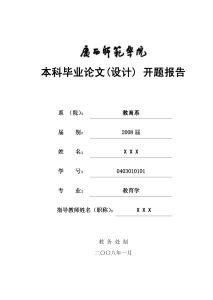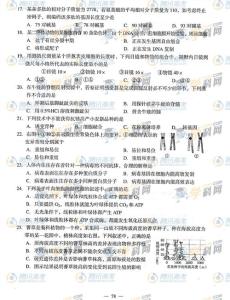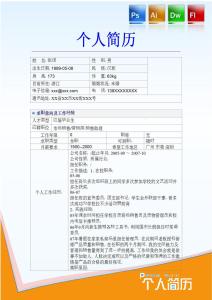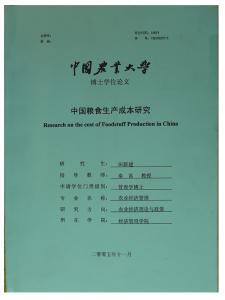下面是小编整理的电子商务英语论文范文,以供大家学习参考。
Recent development of information technologies has brought us new possibilities for teaching and learning classical art and humanities in several different ways. Image plays a key role here. In learning classical Japanese poetry, it is quite important to examine original books and manu******s because even the published books were printed from the wood blocks of engraved words which were written with brush by, in many cases, the authors themselves. Not only the visual art works, but also the literary materials as such pose the problem of authenticity, and this problem itself is closely linked to the interpretation of the literary works and the life history of the authors. Yosa Buson (1716-84), a poet-painter, and his followers best represent this type of artists and must be studied with both texts and images they created.
Buson was a leading haiku poet of the 18th century and, with Basho and Issa, one of the great names in haiku. He was also a distinguished BUNJINGA (literati-style) painter, and perfected haiga or cursive sketch with poems as a branch of Japanese pictorial art. Buson read classics extensively and studied different styles of Chinese and Japanese paintings. Poetry and painting affected each other in his art. His poems were, diversely enough, rich in imagery, clearly depicting fine movements and sensual appearances of things, dynamic with wider landscapes, lyrical, sensitive to human affairs, romantic with hidden stories, graceful, and longingly time-conscious. Buson completed his own style of painting in his later years when he was using the name of Sha-In. Freed from the influence of China, he created genuine Japanese landscapes.
Creation of the SiteThe web site for the study of Buson and his group has thus been created at http://www.nime.ac.jp/~saga/buson.html. This site has three major areas: articles on Buson, bibliographic resources on Buson, and pictorial catalogue of haiku and painting works of Buson and his group. Pages are hyper-linked within the site and some pages contain links to other related web sites. Most pages are written in both Japanese and English to attract the learners internationally. The first area contains the author's original papers and essays such as "Poetry as an open space for lightening of Being". To quote only a few paragraphs from there;
In the light of Heidegger's thinking, Buson's poems emerge as 'poems of being' more than anything else. Of course Buson lived far earlier than Heidegger, and clearly there was no direct correspondence between them. However, beyond this distance what weighs on my mind is, for example, such a Hokku poem of peony as below. This poem is usually viewed as staged on a peony garden, but I look at it as an event inside a room.
Within the quietness of a lull in visitors' absence, appears the peony flower!
(seki to ****e kyaku no taema no botan kana)
Possibly after a Haiku meeting, or it seems it could have been any person(s), the poet saw the visitor(s) off and returned to the room. He then looked at the corner, and saw the peony, which has been there for some time, as appearing again, floating in a lull, as though it were transformed to that peony as itself. While residual scents of the visitors in the room are silently disappearing, it is calm, not too light nor dark, and the peony is there lighted on its face by that surrounding air. The poet stands there, veiled in ennui, where he feels both bliss and lament, with that time perceived as a long instant. Even if it is an instant, a time of 'unworldliness' is disclosed there, as a poet himself or for a man as a Heideggerian Da-sein, to be almost continual to eternity.
Access and EvaluationTwo years after starting its creation, this site now receives more and more accesses from both Japan and abroad. In May 2000, for example, there were, in average, about 350 hits for the site per day, 45 different individual accesses to the English top page, and 17 different accesses to the Japanese top page. Some people leave notes in the guest book, and some other people prefer to send e-mails to the site author. These notes and mails are analyzed in terms of contents, interests, and gratification. Formative evaluation of the site is now conducted with college students. This site, when it is fully developed, is to be converted into a CD-ROM with upgraded still and moving images.
Abstract From the concept of the network university, we deduce its three basic infrastructures:the education center station, the high speed backbone and the user terminal network. we point out that the remote learning online at home will be the most important studying model in the future,so the HomeNet will be a necessary infrastructure platform for remote learning , in this paper we discuss the structure, the key technologies and connection media of HomeNet.
Keywords network university remote learning HomeNet
1. The BackgroundWith the extension of internet in application area, from academies, enterprises to the government departments, the network reaches variable aspects of our society. From knowledge learning, message obtaining to e-commerce, the digital network is all proved a strong pushing strength. With network, the difference of time and space are eliminated, the exchange and communication among people, the resources sharing are becoming much more easier, based on that, more and more applications are developed, and one of which is the network university and remote learning which will be a great revolution to the traditional teaching and learning way. People can study online, exchange thoughts interactively with teachers and schoolmates through network rather than special classrooms in the campus, this will provide a chance to learn knowledge all the life for those who are in work or can’t go into colleges, perhaps the network university will be the most important model to study in a not long future.
The network university consists of three infrastructures: the education center stations which include multimedia courseware, sound and image material etc., the high speed backbone and user terminal network. Our government has made the remote learning a strategy to promote the quality of the nation, the CERNET 2.5GBPS backbone are in construction , and the education center stations have already been implemented successfully in some campuses, so the key to employing the remote learning project lies in the third part---the user terminal network.
The network brings us great flexibility to study online , no doubt , the most often place for people to learn is at home , and with the development of life standard , many families will have more than one set of computer and HDTV sets, and study is not only the thing of children , but also the need of parents , and additionally , remote medical treatment , ordering online, home automation controlling are all the future requirements in the family[1], so it is a necessary condition to digitalized the families in the information society to construct a perfect HomeNet( home terminal network) which provide all above functions , in the following sections , we will discuss the structure, the key technologies and access media of HomeNet.
The home network is a special LAN, in logical structure, they have some resemblance, but the home network has its own special features in application environment, operational functions and system physical construction. The implement of home network requires several key technologies to support as following[2]: the embodied operate system and embodied custom IC(ASIC) , API level interoperable specifications, the final use interface design and access technology.
2.1 There are various devices at home, and the difference between them is large in controlling model, computation ability and intelligent level. Most of them are less performance products except a few such as computers, thus, to enable the whole home network, the embodied OS and IC is the kernel technologies. Current prevailing embodied OS are WINDOWS CE, 3COM Palm OS, JAVA2, JAVA2 Micro Edition, Pjava, Ejava and our own embodied Hopen OS designed by KAISI Cooperation. The embodied IC includes LonWorks’ Neuron ICs and Intel’s micro controllers such as 8051 family and the like.
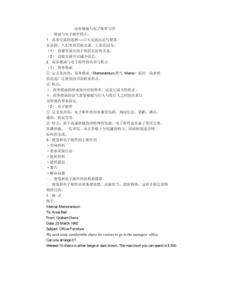
2.2 API is application program interface, due to the media is various in the network physical layer, in order to get the interoperability on the program interface layer, API lever interoperable specifications must be defined, it’s the foundation to develop home network application, it shields the under layer protocols, and provide a identical interface to application developer. The current APIs are Microsoft UPnP, SUN JINI, Home PNP, Home API and so on.
 爱华网
爱华网